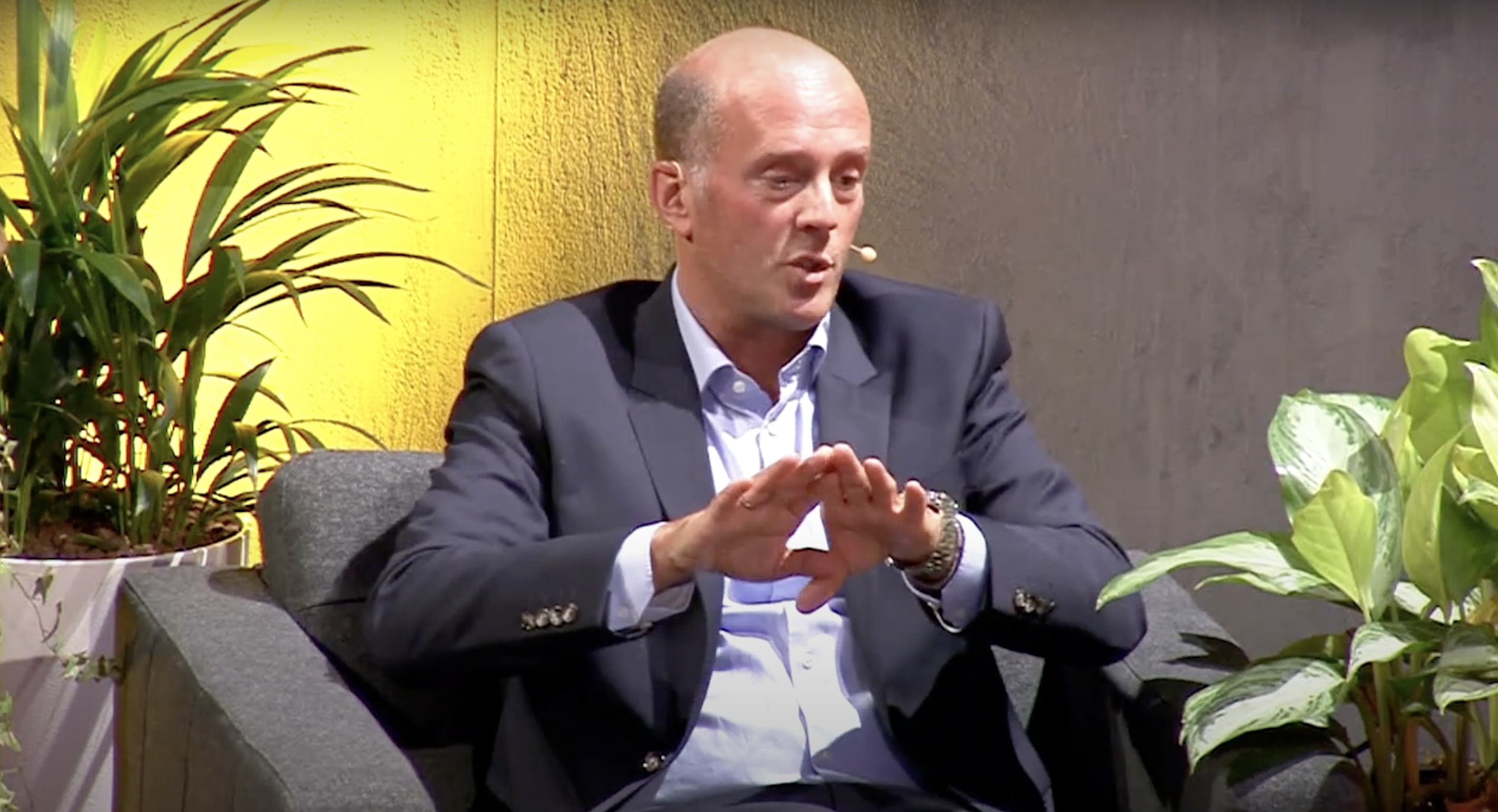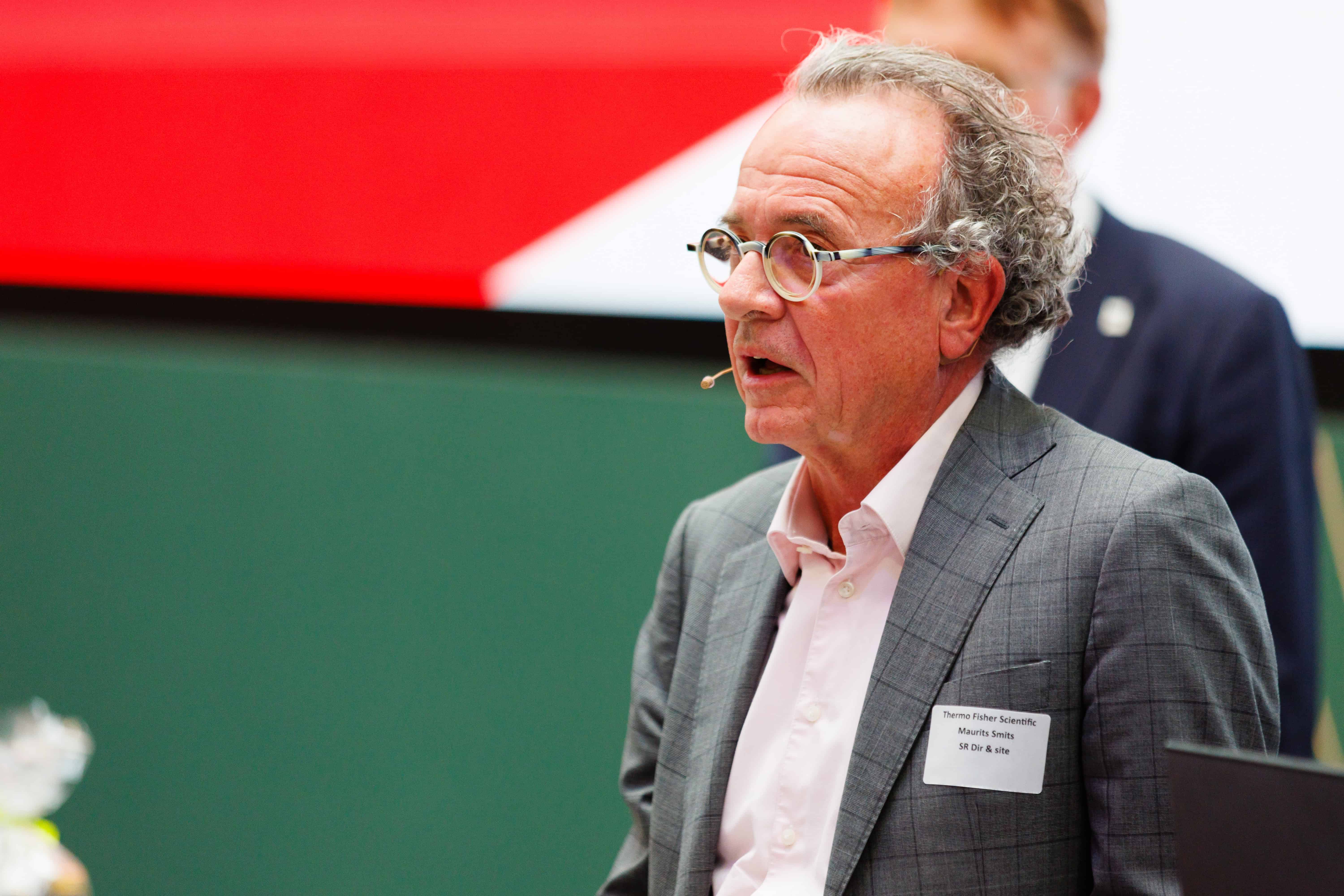
The Brainport Eindhoven region is an important growth engine of the Dutch economy. It is, therefore, of great importance, both for the region itself and for the country, to further strengthen this position. The fact that this not only increases the earning capacity but also helps to tackle numerous social challenges makes that goal all the more relevant.
In a series of 12 articles, Innovation Origins looks at the most striking issues within this endeavor. In this, we are guided by the research report ‘Brainport at the top‘ that Rabobank published in collaboration with Strategy Unit. Today, we publish the first article in this series, in which Otto Raspe, Head of RaboResearch Regions & Themes, and co-author of the report, shows us the biggest challenges. “Our economy is driven by knowledge and innovation. Brainport is the hotspot of the Netherlands in this respect. So together we have to make sure that it can keep this position.”
Tasks and issues
The unique collaborations in the Brainport region in times of economic growth or, on the contrary, in times of economic contraction, have always been important for reinventing the region time and time again. “And this is also important now”, says Raspe. “In 2020, the region is in the midst of the corona crisis, but it still has the financial and economic crisis of 2009 fresh in its memory. That’s why we asked ourselves the question: ‘How can Brainport remain the smartest region in the world in ten years’ time?'” Rabobank tried to answer that question through interviews, conversation tables, and extensive analysis. Yes, Brainport is still at the top, according to the researchers; but in order to stay there for the next ten years, the region faces a number of challenges around three major issues, according to the researchers:
- How do we work towards a robust ecosystem that is less vulnerable to international dynamics?
- How do we remain at the forefront of innovation?
- And how do we remain an attractive region to live and work in?
Otto Raspe sees sufficient points of departure in the country’s annual Budget Memorandum to address these issues. “Brainport recently published a multi-year agenda. Obtaining funding for these issues is a challenge and the ‘Wopke-Wiebes fund‘ (the National Growth Fund, holding 20 billion euros) is therefore very promising. But it all comes down to implementation.”
Key technologies
It is very important to invest deeply in a number of key technologies, says Raspe. Photonics and AI are two of the most important ones. “That’s where we have to create mass.” The government can help with this, but should not prescribe the exact route. “Entrepreneurial dynamics are also part of this. The Brainport region understands this like no other and can therefore really play a role in setting the agenda.”
Brainport must pick up the gauntlet here, says Raspe. “This region is the country’s driving force behind innovation, R&D, and education. So go and find all those projects that are suitable for this new fund. A clear focus and the right choices are crucial here. It is important to investigate where private innovation is being done and then add public funds for the necessary acceleration. As in the case of Photonics and AI: this requires support from the national government because the market can never bear this all by itself.” No matter how optimistic he is about this National Growth Fund, in the field of ‘mission-driven innovation’ Raspe still misses a clear vision from the cabinet. “Think for example of health or the energy transition. There seems to be room for it, but it is still unclear how and what. Here too, Southeast Brabant should come up with its own agenda.”
The ten challenges for Brainport that, according to the research, arise from the major issues of our time:
- Original Equipment Manufacturers (OEMs) and the vulnerability of the chain
- Access to and distribution of capital
- The new OEMs
- Internationalization
- Making sharper choices
- Ways of innovation
- Being Mission-Oriented
- Attract and retain talent
- Accessibility for students
- Social conditions and the quality of the city
Together, these tasks determine whether Brainport will really succeed in being “at the top” in ten years’ time. In the coming weeks, we will go deeper into each of these ten challenges.
Broad prosperity

It is not the first time that Rabobank focuses its research on Brainport. The importance of this region for the national earning capacity repeatedly brings the bank’s researchers to Brainport Eindhoven. Just under a year ago, there was the advice to put the “broad prosperity” a bit higher on the agenda. This is also an important theme in the new report. “In order to safeguard the economic vitality in the coming years, attention needs to be paid to prosperity in the broadest sense. In addition to a good job and sufficient income, this includes non-material matters such as education, health, the housing market, safety, social contacts, and environmental quality.”
Housing satisfaction deserves attention, emphasizes Raspe. “The large housing shortage and the associated high rent and real estate prices mean that many people are unable to make the choices they want. As a result, fewer people are satisfied with their homes than five years ago.”
Raspe believes that Brainport should lobby better when it comes to additional housing plans supported by the government. “The building level needs to be raised. With 1600 new homes for Eindhoven and 900 for Helmond, the national government’s building incentive is really too low, especially if you look at what The Hague and Utrecht have achieved in this respect. Municipalities themselves should also show more activity, he says. “What’s at stake now is not the willingness of the building companies, but the sluggishness with regard to permits at municipalities. That’s where the biggest problem lies, and to some extent, it’s purely bureaucratic.”
Staying attractive
According to Raspe, in order for Brainport to stay in the lead in ten years’ time, it is important to embrace this broad prosperity agenda. “Increasing the overall broad prosperity ensures that Brainport remains attractive for knowledge workers and thus contributes to the economic growth of the region.”
Raspe also warns against a ‘self-fulfilling prophecy’: “The more we talk about crisis and the more we start hoarding all our savings, the worse the situation will become. In this respect, the lesson that Eindhoven drew in the early 90s is still valid today. This is also a time to think about the future. Brainport can be an example for other regions. This will also attract people to the region or ensures that they stay. If we succeed in formulating a clear future agenda – and I know that people in the Brainport region are working on that right now – then I am optimistic about the resilience of the region. And about whether Brainport will still be at the top in ten years’ time.”








